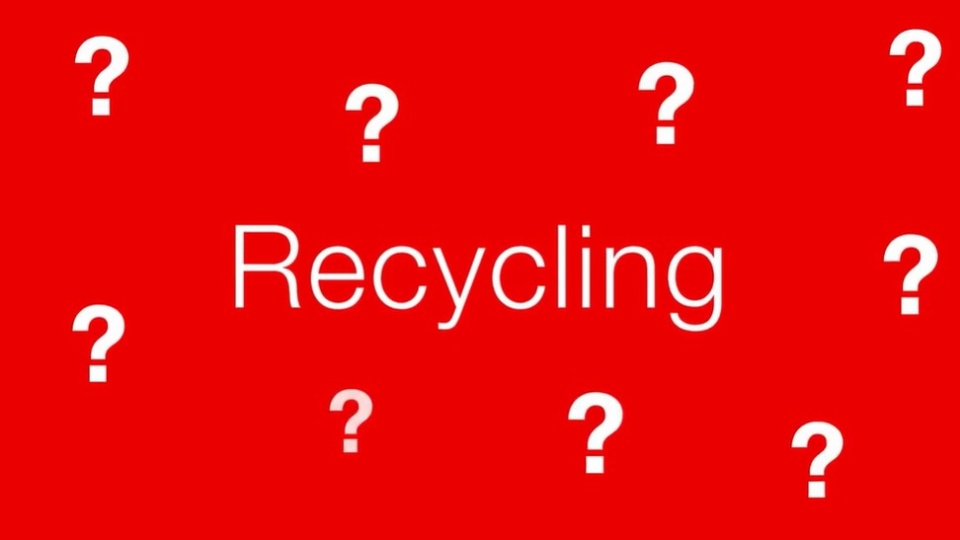Raw materials can be a valuable resource for your business. Only, what´s the best way to recycle them efficiently?
Our oceans. A place of beauty and a miracle of nature. But also a dump – containing tons of plastic. That will take hundreds of years to decompose. Stop pollution and start using Oerlikons recycling solutions – and help to give raw materials a new life as a carpet, as a jacket, as a t-shirt or much more.
In addition to regulatory initiatives, technical innovation is required to connect the beginning and the end of the linear textiles industry and to close the loop. One decisive circular technology here is fiber-to-fiber recycling. Only a few years ago, this process was used to recycle around just one percent of used clothing worldwide into fibers for new apparel. McKinsey market researchers are now talking about 18 to 26 percent being recycled by 2030 – if the full technical recycling potential is utilized and more textiles are collected. For this, manual processes will have to be automated, clothing waste qualitatively sorted, buttons and zips removed, and fiber compositions unambiguously identified – and all less expensively. Separating mixed fibers still represents an obstacle as well. Finally, the recycled materials must be suitable for the spinning process, provide a usable yarn quality and be able to be further processed, i.e., dyed. Despite these challenges, there are promising solutions on the horizon, even though some processes are not yet ready for commercial exploitation.
